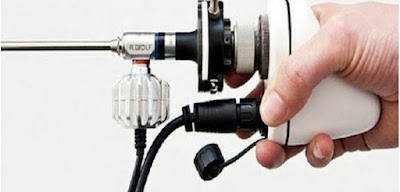Endoscopic Stricture Management Devices Are Increasingly Being Used In Endoscopic Surgeries Has These Devices Facilitate Surgical Procedures
 |
As endoscopic surgery has become more popular, the use of endoscopic instruments has increased. These instruments are tailored to specific endoscopic procedures. With the advancement of technology, surgeons can perform complex surgeries more accurately. With the advent of endoscopic submucosal dissection, the tools used to perform this type of surgery have improved considerably. Poor countertraction can lead to poor visualization of the submucosal layer.
TxHood is one of the popular endoscopic stricture management devices. These endoscopes can be equipped with different therapeutic tools. These tools include an electric needleknife, snare wire, injection needle, and water jet line. Depending on the specific type of treatment required, the TxHood can help to reduce the risk of bleeding and perforation. They can also be combined with grasping forceps to lift a lesion for a clear cutting line.
Despite its high level of sophistication, endoscopic stricture management devices are not a viable replacement for standard endoscopic procedures in adults and children. Moreover, the device is ineffective for use in children due to the small size of their colon. There are many different types of endoscopic instruments and techniques. Supportive devices include magnifying endoscopes, flexible spectral imaging color systems, built-in forced irrigation channels, high-frequency generators, various knives, hemostasis forceps and local injection agents. Moreover, there are a variety of surgical tools designed for endoscopic use. This makes it easier to perform these procedures. With more advanced technologies, endoscopic surgeries are becoming more popular than ever. In October 2020, Olympus, a global leader in innovative solutions for medical and surgical procedures launched its StoneMasterV and VorticCatchEndoTherapy devices that increase efficiency in bile duct stone management as well as retrieving endoscopic retrograde cholangiopancreatography (ERCP).



Comments
Post a Comment